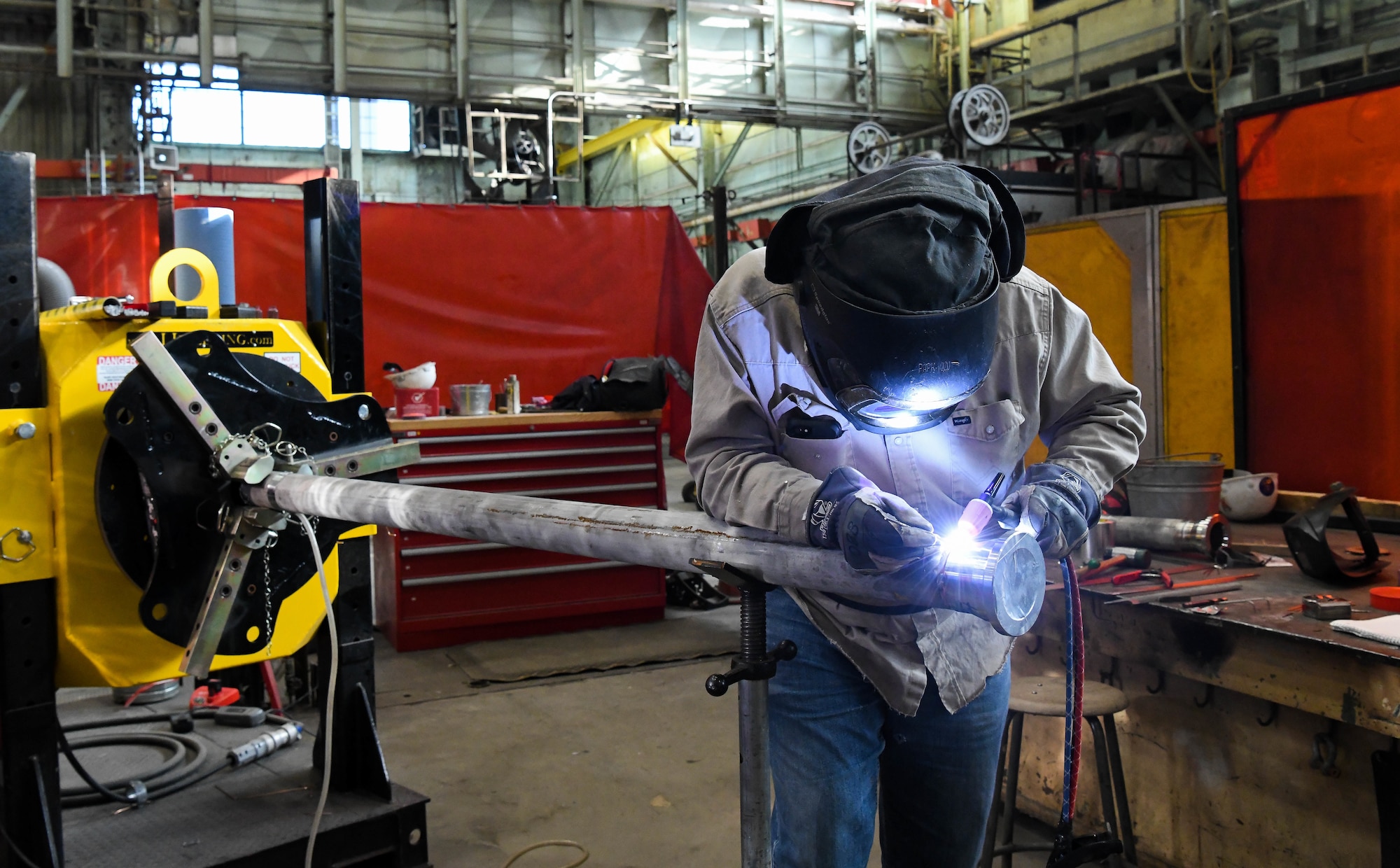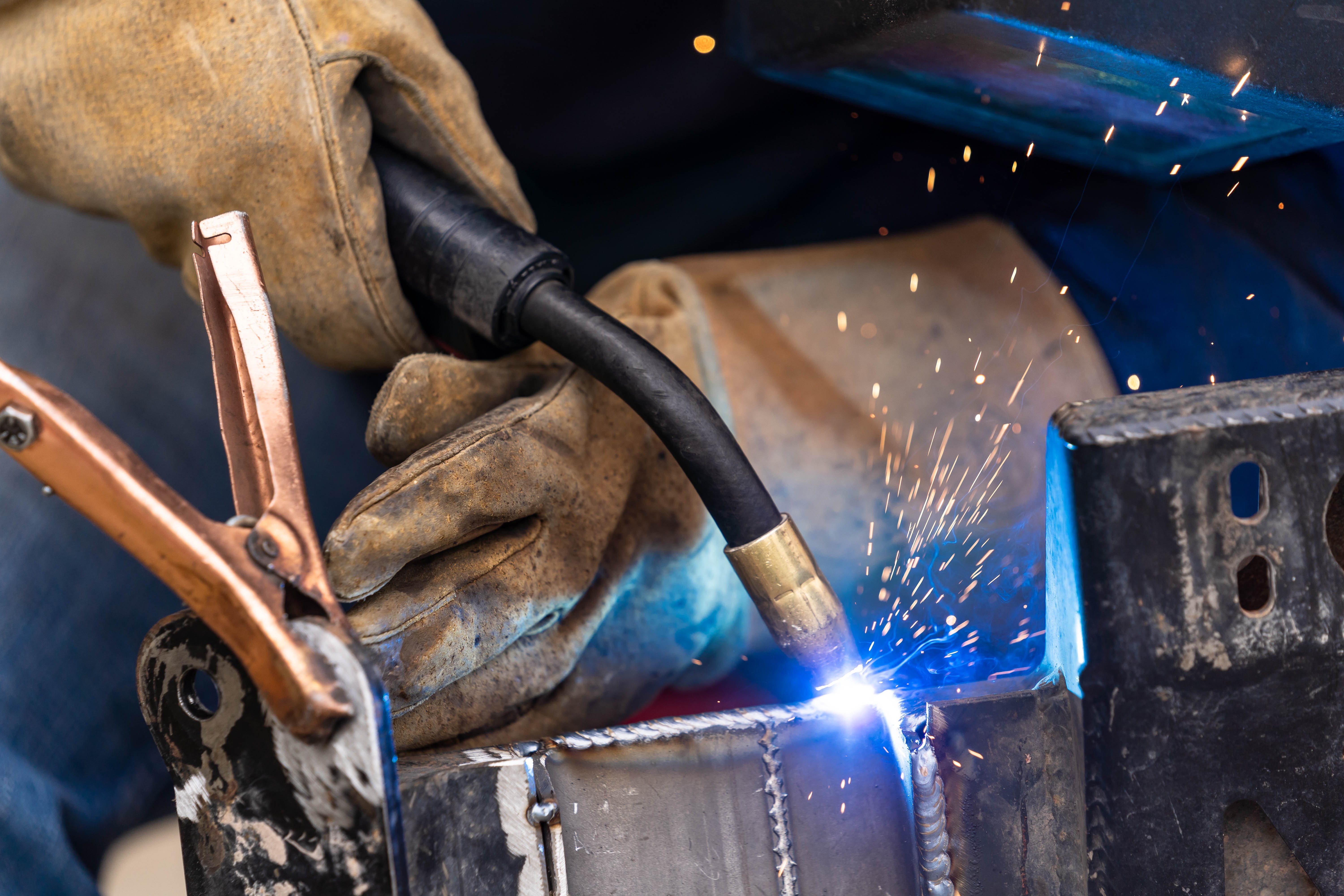Understanding Welding WPS Standards: Best Practices and Techniques for Top Quality Welds
In the world of welding, grasping Welding Treatment Specification (WPS) standards is a crucial component that directly affects the quality and stability of welds. As we navigate through the complexities of welding WPS criteria, revealing vital insights and techniques for attaining top-tier welds will be extremely important for welders seeking to excel in their craft and produce welds that stand the examination of time.
Recognizing Welding WPS Requirements

Assessors count on WPS documents to validate that welding treatments are being complied with properly and that the resulting welds are of high top quality. Designers use WPS requirements to make welding procedures that make sure the toughness and reliability of bonded frameworks.


Essential Devices for Quality Welds
Understanding welding WPS criteria is necessary for welders to successfully use the vital tools required for generating top quality welds. One of one of the most critical tools for high quality welds is a welding maker. The kind of welding equipment needed depends upon the welding process being utilized, such as MIG, TIG, or stick welding. Welding helmets are likewise essential to secure the welder's eyes and face from sparks, warm, and UV radiation. Additionally, welding handwear covers made of resilient and heat-resistant materials protect the hands from injuries and burns. Clamps and magnets help hold the workpieces with each other safely throughout the welding process, making certain specific and accurate welds. Cord brushes and breaking hammers are important for cleaning up the weld joint prior to and after welding to remove any type of pollutants that could impact the quality of the weld. Last but not least, a determining tape and angle grinder are beneficial devices for ensuring correct alignment and preparing the work surfaces for welding.
Key Techniques for Welding Success
To achieve welding success, one have to understand the key techniques vital for producing top notch welds. Keeping a steady hand and a stable welding placement throughout the procedure is vital to achieving accuracy and consistency in the welds. By grasping these key methods, welders can boost the high quality of their work and attain welding success.
Ensuring Compliance With WPS Requirements

In addition, preserving detailed records of welding specifications, equipment calibration, and examination results is critical for demonstrating conformity with WPS her explanation requirements. By carefully adhering to WPS standards, welders can guarantee that their job meets the necessary quality levels and adds to the total success of the welding task.
Troubleshooting Common Welding Issues
To address this, making sure correct cleansing of the base metal prior to welding and using the appropriate shielding gas can substantially decrease porosity. Furthermore, distortion, fracturing, and spatter are usual welding difficulties that can be reduced via correct joint preparation, consistent warmth control, and choosing the appropriate welding consumables. By extensively understanding these usual welding problems and their origin causes, welders can properly fix issues and attain high-quality welds.
Conclusion
Finally, grasping welding WPS criteria needs a thorough understanding of the guidelines, utilizing vital tools, and applying essential strategies for effective welds. Guaranteeing compliance with WPS requirements is essential for creating high quality welds check out here and preventing common welding issues. By following finest techniques and methods, welders can accomplish trustworthy and consistent lead to their welding projects.
In the realm of welding, understanding Welding Treatment Requirements (WPS) criteria is click here to read a crucial component that directly affects the quality and stability of welds.When diving into the realm of welding techniques, an important element to comprehend is the value and complexities of Welding Procedure Requirements (WPS) standards. WPS criteria provide a thorough standard for welding procedures, guaranteeing uniformity, high quality, and security in the welding process. The type of welding equipment required depends on the welding procedure being used, such as MIG, TIG, or stick welding.Accomplishing welding success with the proficiency of vital strategies requires a comprehensive understanding and adherence to Welding Procedure Requirements (WPS) criteria.